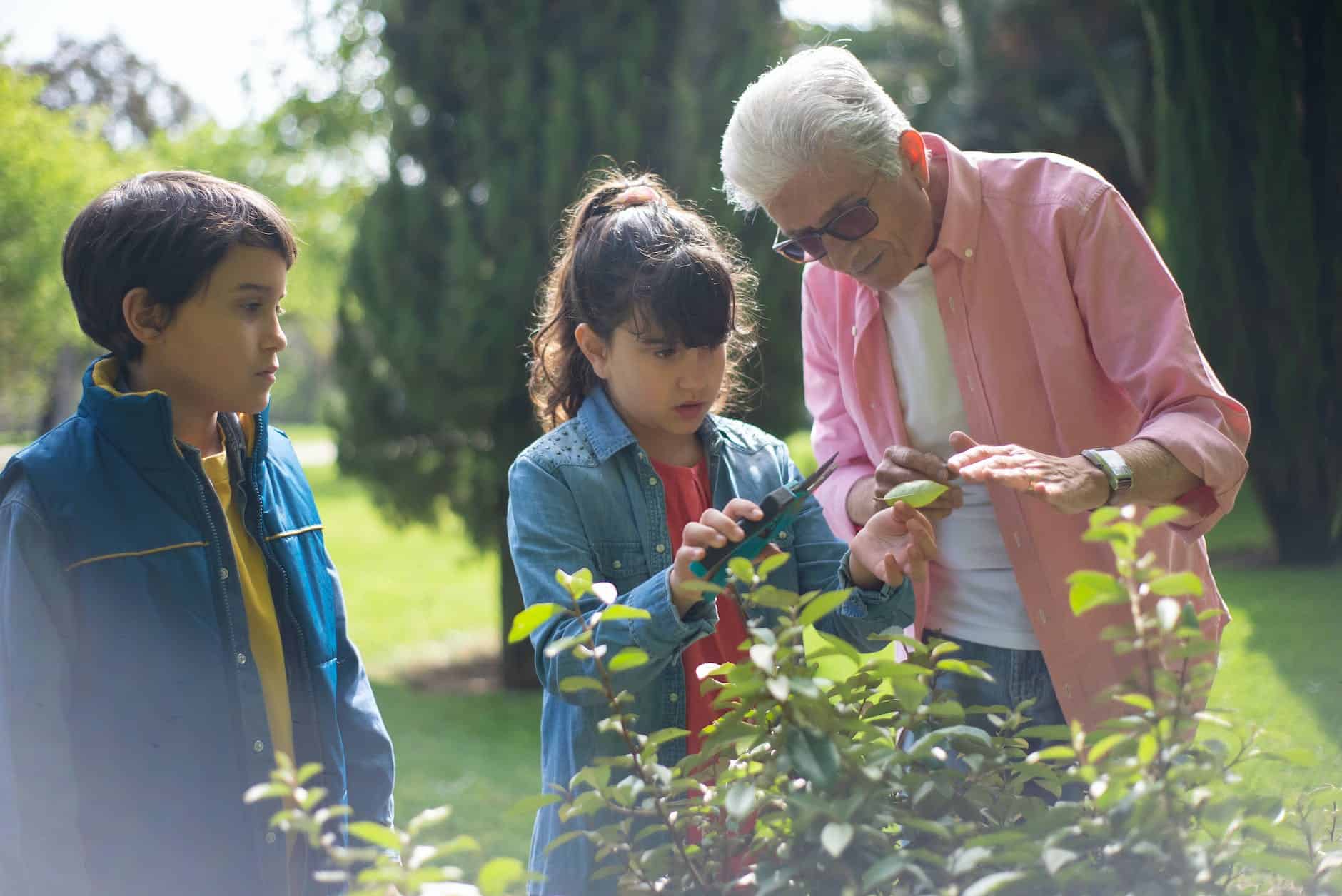8 Ways to Cultivate Your Child’s Interest in Gardening

Getting your child involved in gardening can be fun and educational for both of you.
Research indicates that gardening is beneficial for children’s academic, cognitive, and social development. It can also improve a child’s desire for fruits and vegetables.
Gardening encourages children to work with others, solve problems, think through situations, make decisions, and utilize math, reading, and vocabulary skills.
Gardening also allows provides room for making mistakes, trying again, and experimenting with different ideas.
When gardening, children also improve their fine motor skills (ability to use and coordinate the hand muscles) because they are engaged in activities like shoveling, pulling weeds, watering plants, picking up seeds, and digging in soil.
If you want your child to develop gardening skills try any of these eight tips.
1. Start small.
You can with a small garden bed or container garden.
This makes the garden less overwhelming for kids to manage and maintain.

2. Choose plants that are easy to grow.
You may want to try herbs, cherry tomatoes, or sunflowers.
These plants are resilient and generally produce well, which can encourage children to continue gardening as they see success from their efforts.
3. Let your child pick their own items for the gardening project (supervise for safety).
Let kids choose their own plants (e.g., ask them if they want to plant sunflowers, herbs, or tomatoes).
They can also pick the seeds and tools (e.g., shovel, watering can, etc.). You may want child-size tools depending on age, size, hand-size, etc.
They can also choose where to plant the flowers depending on how much space you have.
Making decisions about the plants, location, and tools to use will give your child a sense of ownership and responsibility over the garden.
4. Make it fun with games and decorations.
You can add to the excitement of your new garden with garden decorations such as lights, stones, or statues.
Your child can also paint flower pots or stones for the garden.
Garden-themed games can also make working in the garden more enjoyable for kids.
For instance, while working you might play garden trivia, or take a break to play garden hide-and-seek.
Another fun game can be “whoever pulls the most weeds in five minutes gets to choose what is for dinner” as an example.
5. Teach your child about the plant’s needs and characteristics.
Give your child important information about their plants such as:
- how long they will take to bloom
- how they are useful to people or the environment
- what the plants will need to grow and thrive (e.g., dry or moist soil, sun or shade, water, plant food, etc.)
Explain what will happen if we don’t give the plants what they need.
This will help children understand the importance of caring for plants as well as what to expect so they can monitor their plant(s) as it develops.
6. Demonstrate plant care for your child and assist them with caring for the plant(s) as needed.
Involve your child in the care of the plants, such as planting seeds, watering, weeding, and gathering the parts for use (e.g., herbs, tomatoes, etc.).
7. Encourage your child to safely explore in and around the garden.
Let your child observe the plants and insects.
You can use this as an opportunity to teach about the life cycle of plants and discuss how bugs and wind transport pollen. See the two videos below for more on this topic.
8. Celebrate successes.
When your child participates or helps you with a planting project, or when their plants begin to grow or their flowers begin to bloom, celebrate their successes with them. Smile and tell them you are proud of their work.
Your positive reactions can help encourage them to continue working on their garden.
References:
- Garden-based interventions and early childhood health: an umbrella review
- The Child in the Garden: An Evaluative Review of the Benefits of School Gardening
- Benefits of Hands-on and Multisensory Learning for Children
Educationandbehavior.com – Keeping Adults on the Same Page for Kids!










